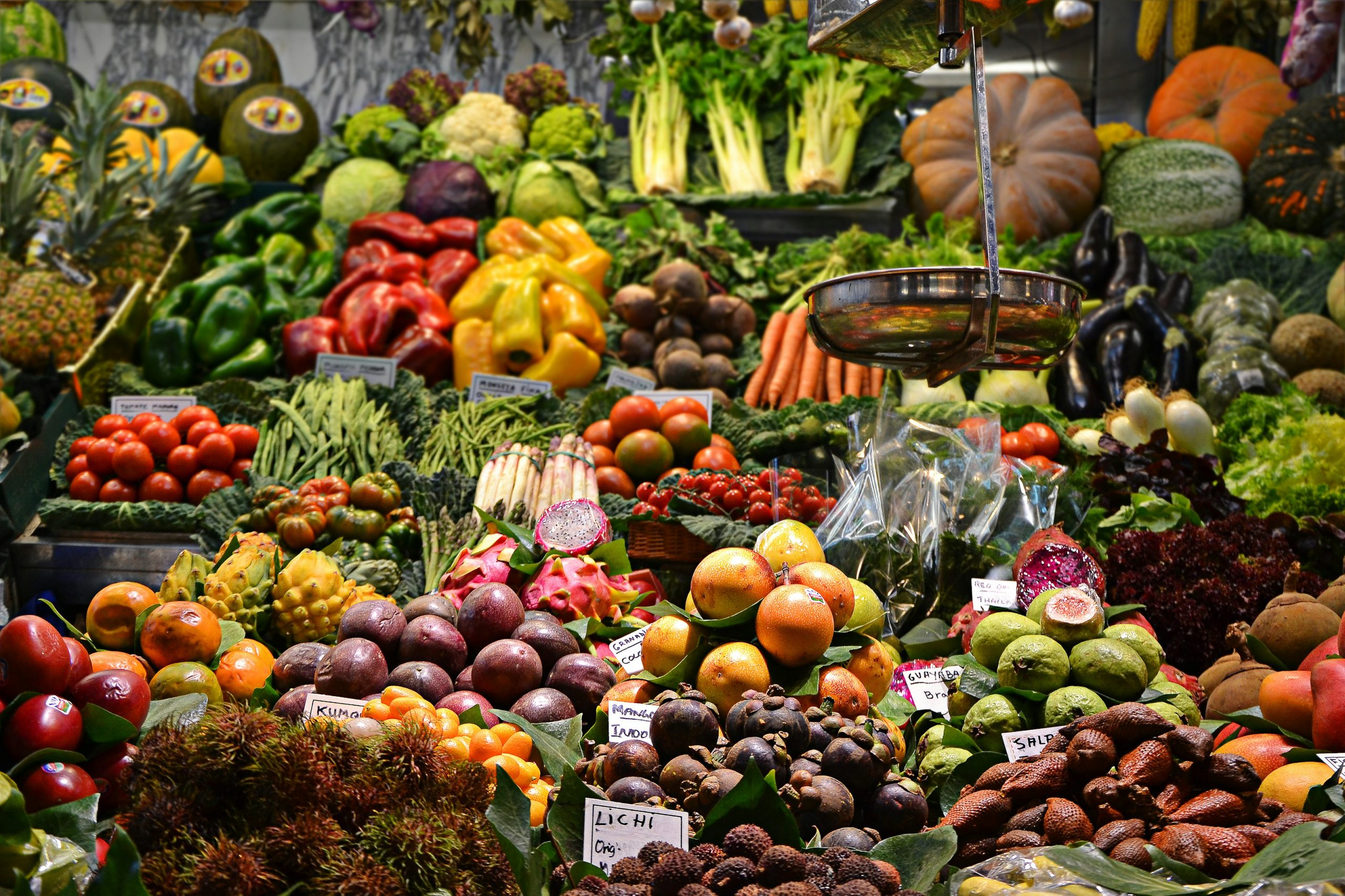The cost of ingredients for breakfast staples continues to rise as global food production, processing and transportation challenges collide with higher demand from the pandemic rebound.
According to the Financial Times breakfast indicator, futures prices for coffee, milk, sugar, wheat, oats, and orange juice have increased 26% since mid-year and 63% since 2019.
Inflationary pressure has driven major food companies to raise consumer prices in recent weeks, and some industry analysts believe that persistently higher costs will keep prices food prices elevated well into 2022.
“It’s going to take more than a year to grow your way out of the tight supply situation we are in now,” Will Osnato, analyst at commodity data and research firm Gro Intelligence told The Financial Times.
Weather-Related Impacts
Since the start of the year, growers in several key producing regions have faced significant output declines due to extreme weather conditions.
- Wheat futures prices are up 20% as Russia, North America and Argentina were affected by drought, while European producers were impacted by rain.
- Oat prices have doubled after a severe drought in Canada — the world’s largest oat producer and exporter — reduced crop yields by 44%.
- Sugar prices are up 25% and coffee has jumped 56%, due to drought in Brazil, the large producer and exporter of both commodities.
On top of unseasonal frost in July, which damaged many in the largest coffee-growing regions, forecasters are predicting a La Nina weather event for the second consecutive year, signaling another period of droughts and frosts ahead.
Pandemic Shifts in Demand
Following an initial pandemic boost, firm demand for milk and orange juice has driven prices higher as more consumers continue to eat breakfast at home.
Meanwhile, the switch from “just in time” procurement to “just in case” buying has also pushed up demand for wheat, coffee, and sugar. The same stockpiling behavior coupled with poor harvests in developing countries is leading to a rise in grain tender prices.
Implications for Farmers
The surging cost of fertilizers adds a significant challenge for farmers as they struggle to capitalize on higher prices and increase supplies.
“All agricultural commodities are going to be affected by fertilizer prices not coming off in the short term,” said Kona Haque, head of research and trading firm ED&F Man told The Financial Times.
Farmers who were unable to benefit from the higher prices due to severe drought will be further impacted through the amount of seeds, fertilizers and pesticides they can buy for the next season, Haque added.











